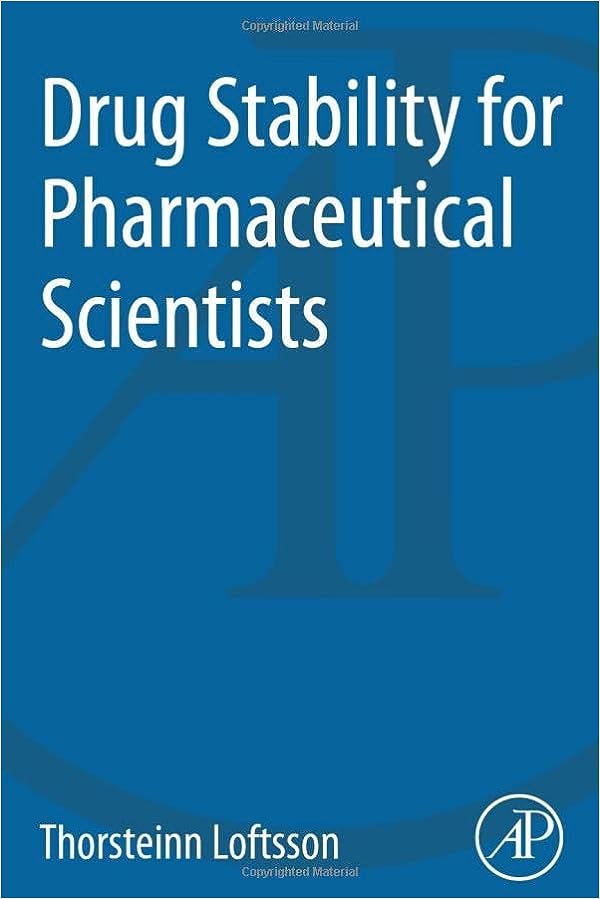Preventing Cross-Contamination During Stability Studies
Cross-contamination is a significant concern in stability studies, as it can compromise the integrity of test samples and lead to inaccurate results. Preventing cross-contamination requires strict adherence to good laboratory practices, proper sample handling, and the implementation of containment strategies. In this discussion, I’ll outline the key measures that should be taken to prevent cross-contamination during stability studies.
Laboratory Design and Layout
1. Separate Workspaces: Designate separate workspaces for handling different products, minimizing the risk of contamination between samples.
2. Containment Measures: Implement physical barriers and containment solutions to prevent the spread of particles, dust, and aerosols.
Equipment Cleaning and Maintenance
1. Dedicated Equipment: Assign specific equipment for each product to prevent cross-use and contamination.
2. Cleaning Procedures: Develop and follow rigorous cleaning and decontamination procedures for equipment between different product uses.
Personnel Hygiene
1. Proper Attire: Require laboratory personnel to wear appropriate protective clothing, including gowns, gloves, and masks.
2. Hand Hygiene: Enforce proper
handwashing practices to minimize the transfer of contaminants.Sample Handling
1. Segregation: Keep samples for different products in clearly labeled containers and segregate them during storage.
2. Avoid Cross-Contact: Use dedicated utensils and tools for handling each product to prevent cross-contact.
Sample Collection and Storage
1. Sealed Containers: Use sealed and tamper-evident containers to store samples and prevent accidental contamination.
2. Clear Labeling: Clearly label samples with product information and storage conditions to avoid mix-ups.
Cleaning and Disposal
1. Decontamination: Clean work surfaces, equipment, and utensils thoroughly to remove any residual traces of previous products.
2. Proper Disposal: Dispose of waste materials, cleaning solutions, and used containers according to established protocols.
Regular Audits and Training
1. Auditing: Conduct regular audits of laboratory practices to identify potential sources of cross-contamination.
2. Training: Provide comprehensive training to laboratory personnel on contamination prevention and proper handling procedures.
Documentation and Record Keeping
1. Protocols and Records: Maintain detailed protocols and records of sample collection, handling, and storage to track product identities and prevent mix-ups.
2. Chain of Custody: Implement a robust chain of custody process to ensure traceability of samples from collection to analysis.
Conclusion
Preventing cross-contamination during stability studies requires a combination of laboratory design, equipment maintenance, personnel training, and stringent handling practices. By implementing these measures, pharmaceutical manufacturers can safeguard the accuracy and reliability of stability testing results, ensuring that products are evaluated under controlled conditions that reflect their true stability profiles.

